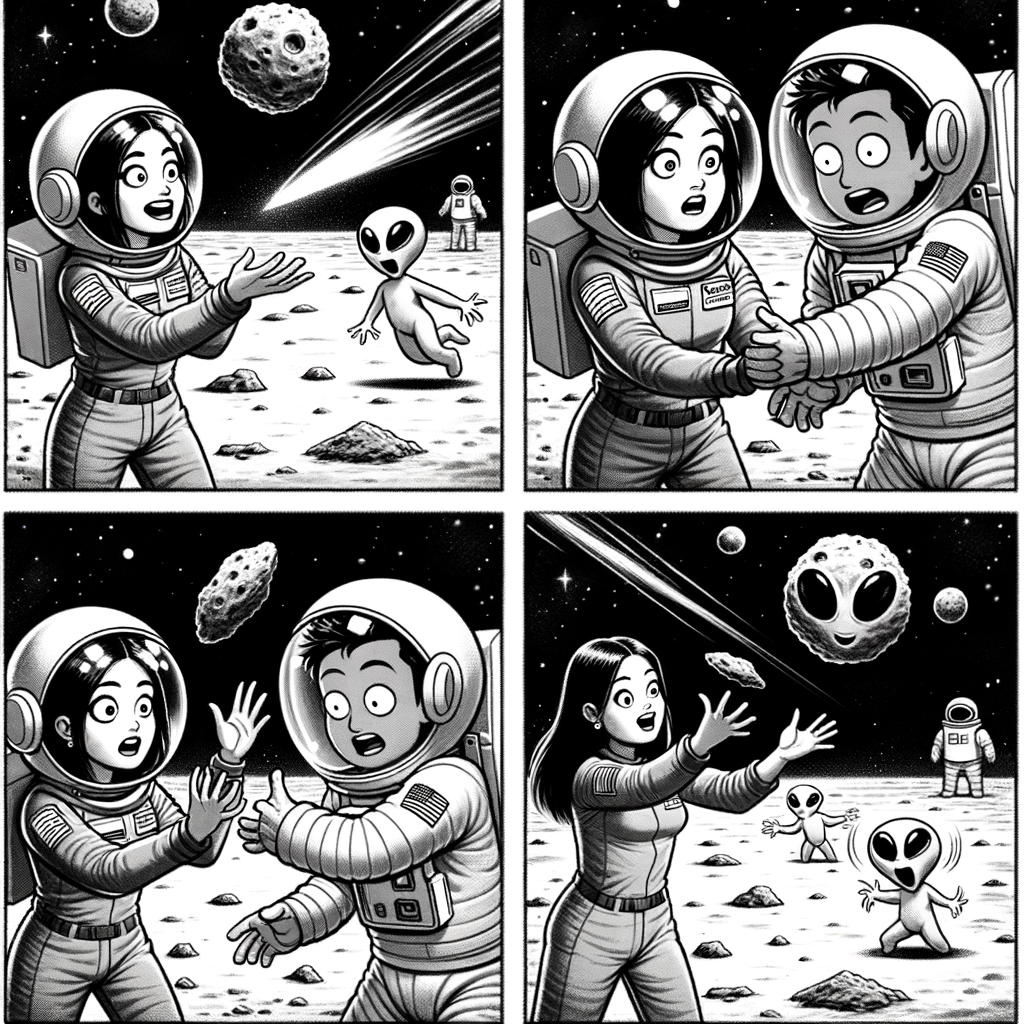
Make Art with Artificial Intelligence
Complete book on how to use AI super-tools to make and sell your art with AI, blockchain and NFTs. This book is written with AI before the LLM revolution started - check it out if you are interested in history of AI.

Landscapes (Art Gallery with prompts)
Landscapes (Art Gallery with prompts)A collection of generative AI landscapes.

Silicon Valley - Short Story
A fun and humorous short story from "12 Tales of California" written with AI. Luke doesn't miss Silicon Valley, surfing in Orange County, after he sells his engine to Elon Musk's OpenAI.
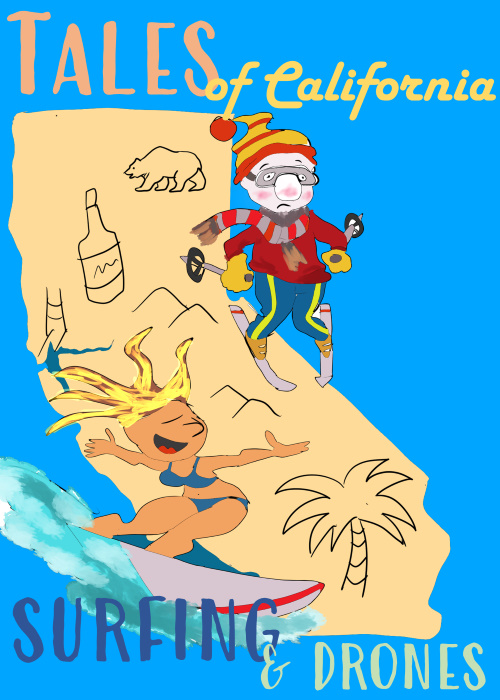
Surfing and Drones - Short Story
Fun and humorous short story from "12 Tales of California". Julia is a surfer girl and a geek with passion for drones. One day a guy nearly collides with her on a break...
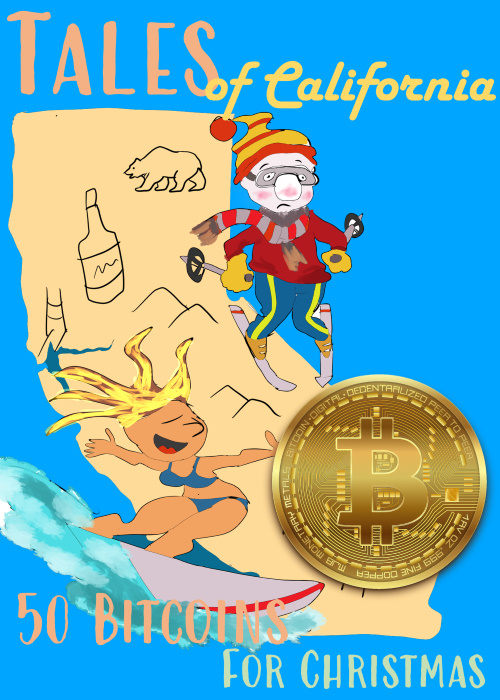
50 Bitcoins for Christmas - Short Story
A fun and humorous short story from "12 Tales of California" written with AI. Jason's startup didn't work so well, then at Hacker Dojo in Silicon Valley he meets Stella...
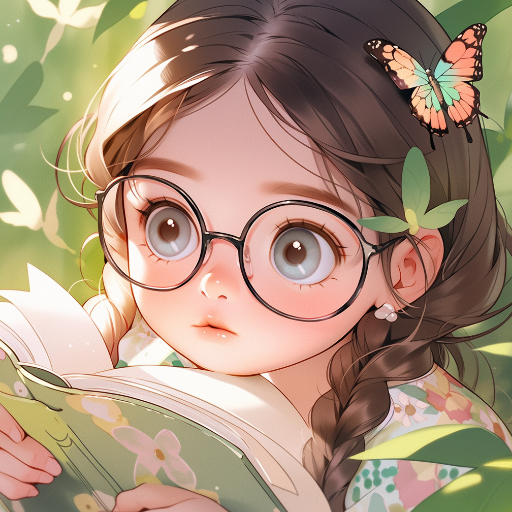
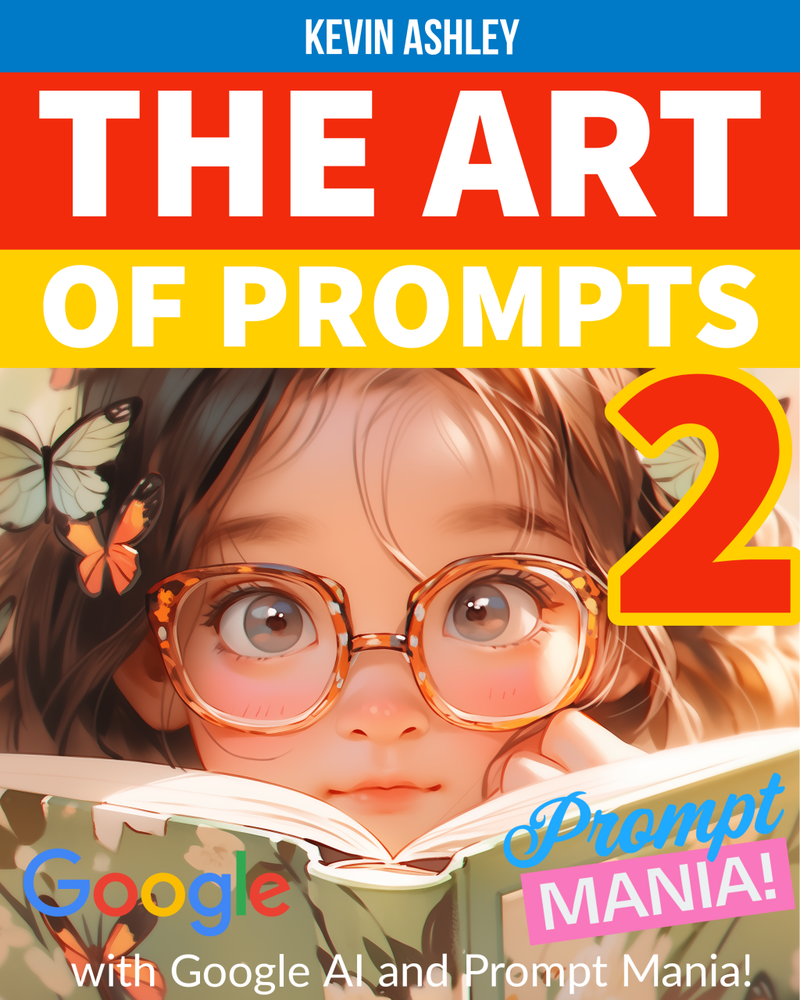
The Art of Prompts 2 Paperback, Signed
This edition of The Art of Prompts 2 is signed by the author and ships in a color printed paperback edition. The book is 134 pages long 8x10" printed on color paper with color illustrations.

Mom's Magical Christmas
"Mom's Magical Christmas" is a heartfelt Christmas card dedicated to celebrating and appreciating a mother's love and presence during the festive season.

Bunnies in the Forest
"Bunnies in the Forest" is a charming fairy tale about a group of young bunnies who embark on an adventure in the forest. Along the way, they encounter various woodland creatures, solve problems using

3 California Short Stories
3 California Short Stories3 California short stories created with human imagination and generative AI. These stories are a digital collectible, created with early AI models.
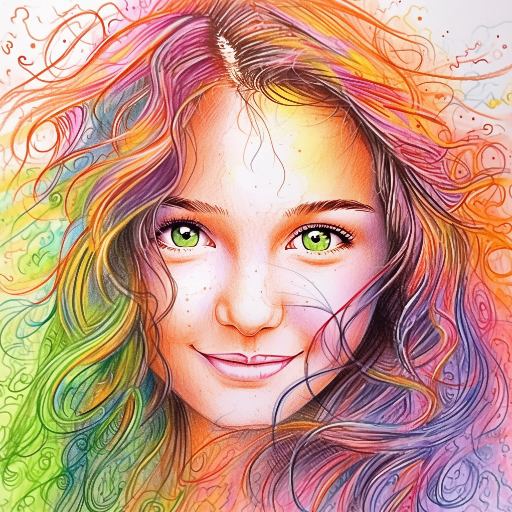
Portraits (Art Gallery with Prompts)
Portraits (Art Gallery with prompts)An art collection of generative portraits, including prompts to generate these images.
Recently posted

Mom's Magical Christmas
AwesomeAI"Mom's Magical Christmas" is a heartfelt Christmas card dedicated to celebrating and appreciating a mother's love and presence during the festive season.
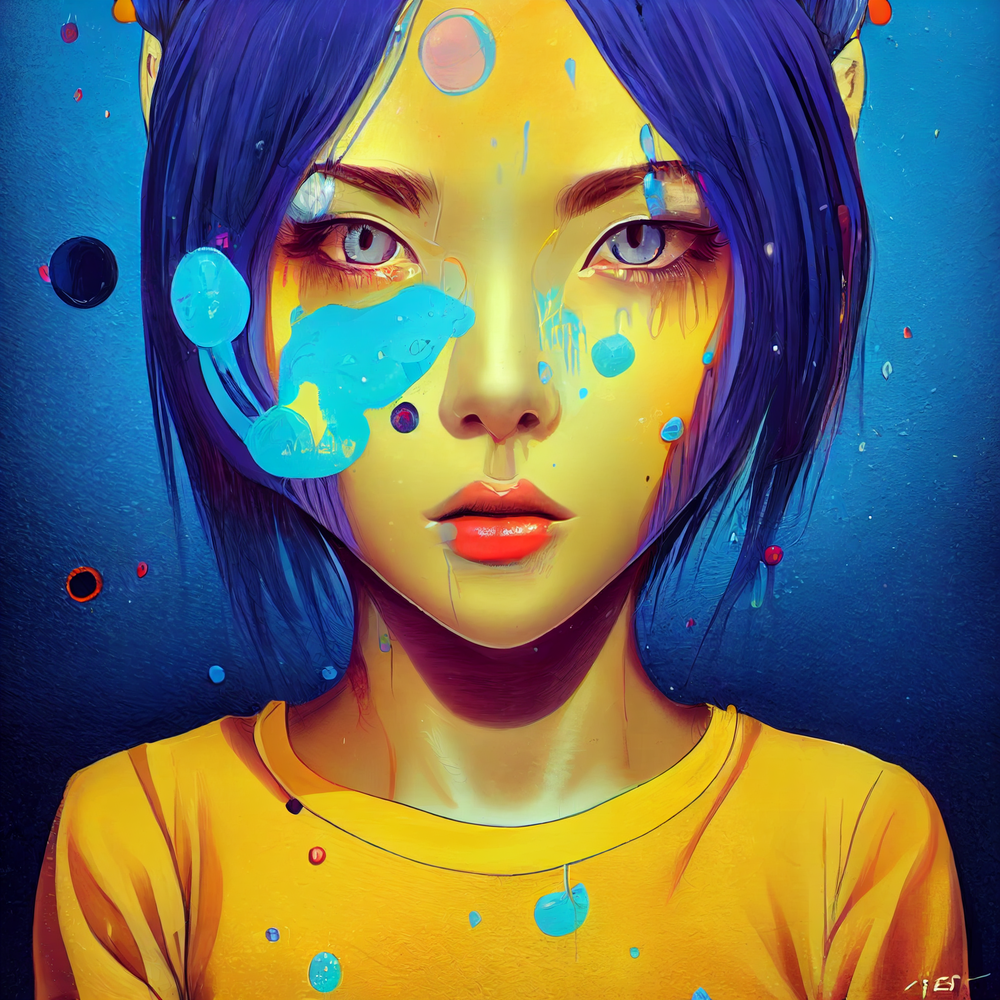
Pop Surrealism with Midjourney
AwesomeAIMore prompts and examples of Pop-Surrealism with Midjourney from my book The Art of Prompts.
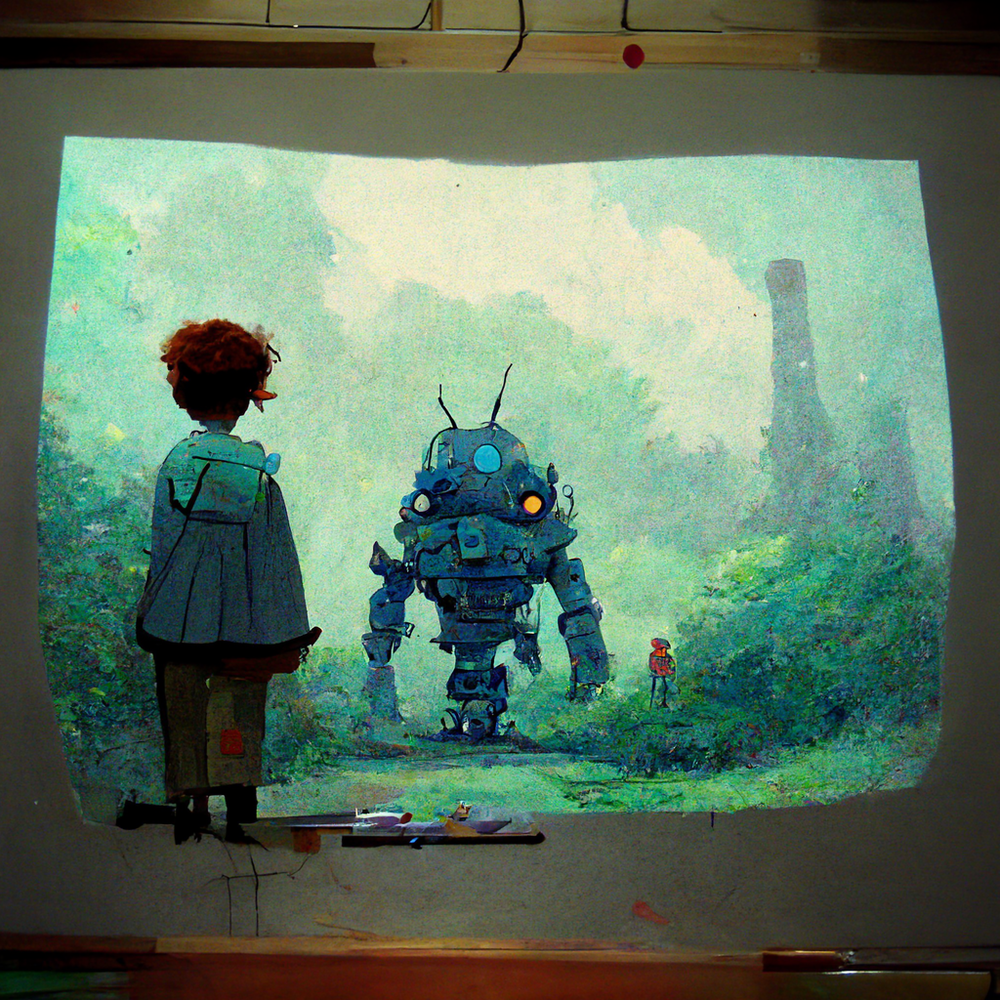
Anime and Manga with Midjourney
AwesomeAIFor a deep dive in styles, techniques and tips of art creation with stable diffusion type models, check my book The Art of Prompts.
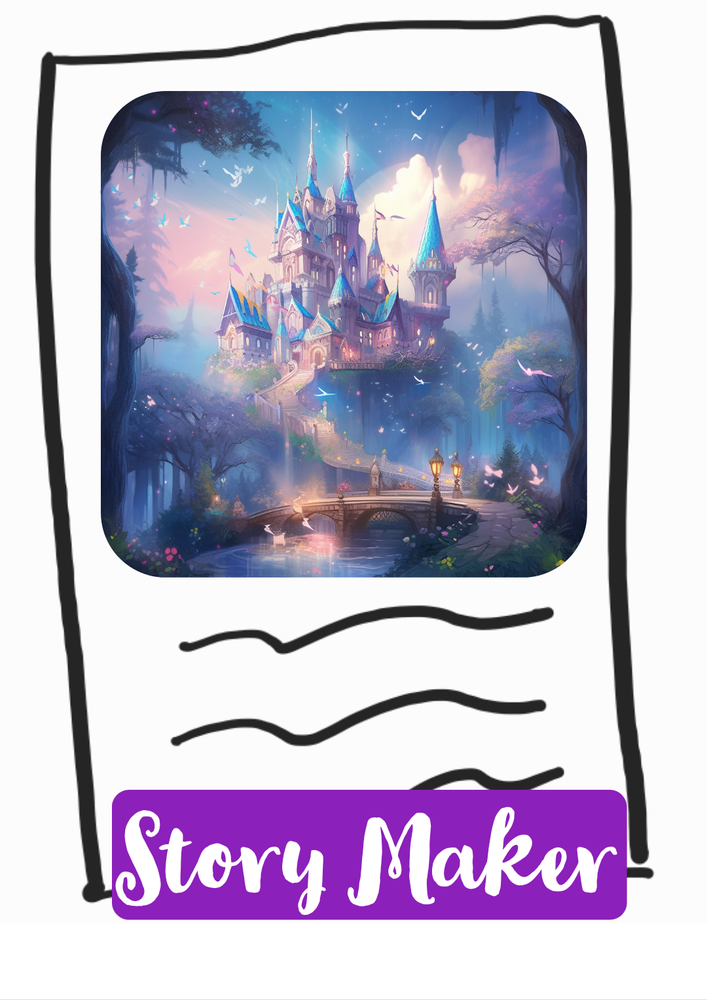
How to make stories with Livebook
AwesomeAIHow to make and publish stories with Livebook.
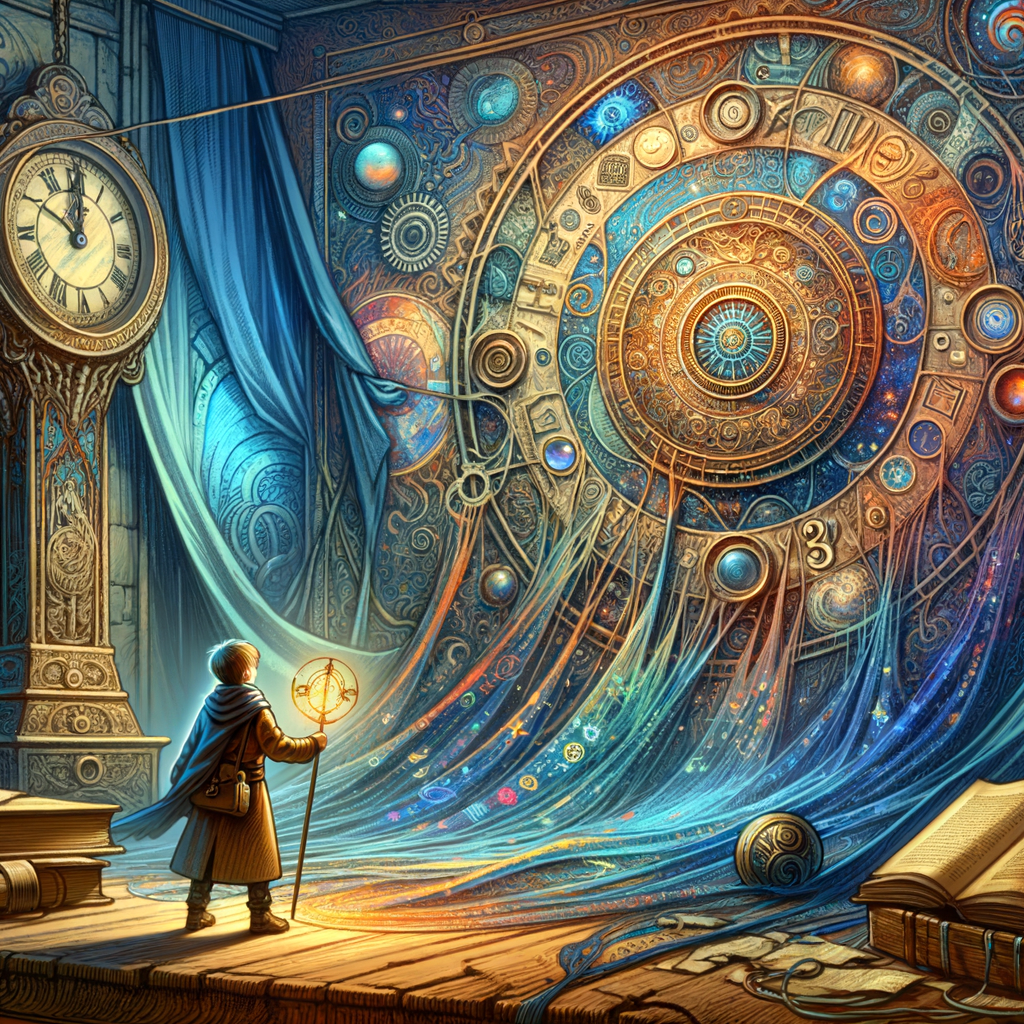
Mysteries of Time's Tapestry
AwesomeAI"Mysteries of Time's Tapestry" is a historical juvenile fiction story that follows a group of young friends as they uncover hidden secrets of their town's history. Through their journey, they learn about


